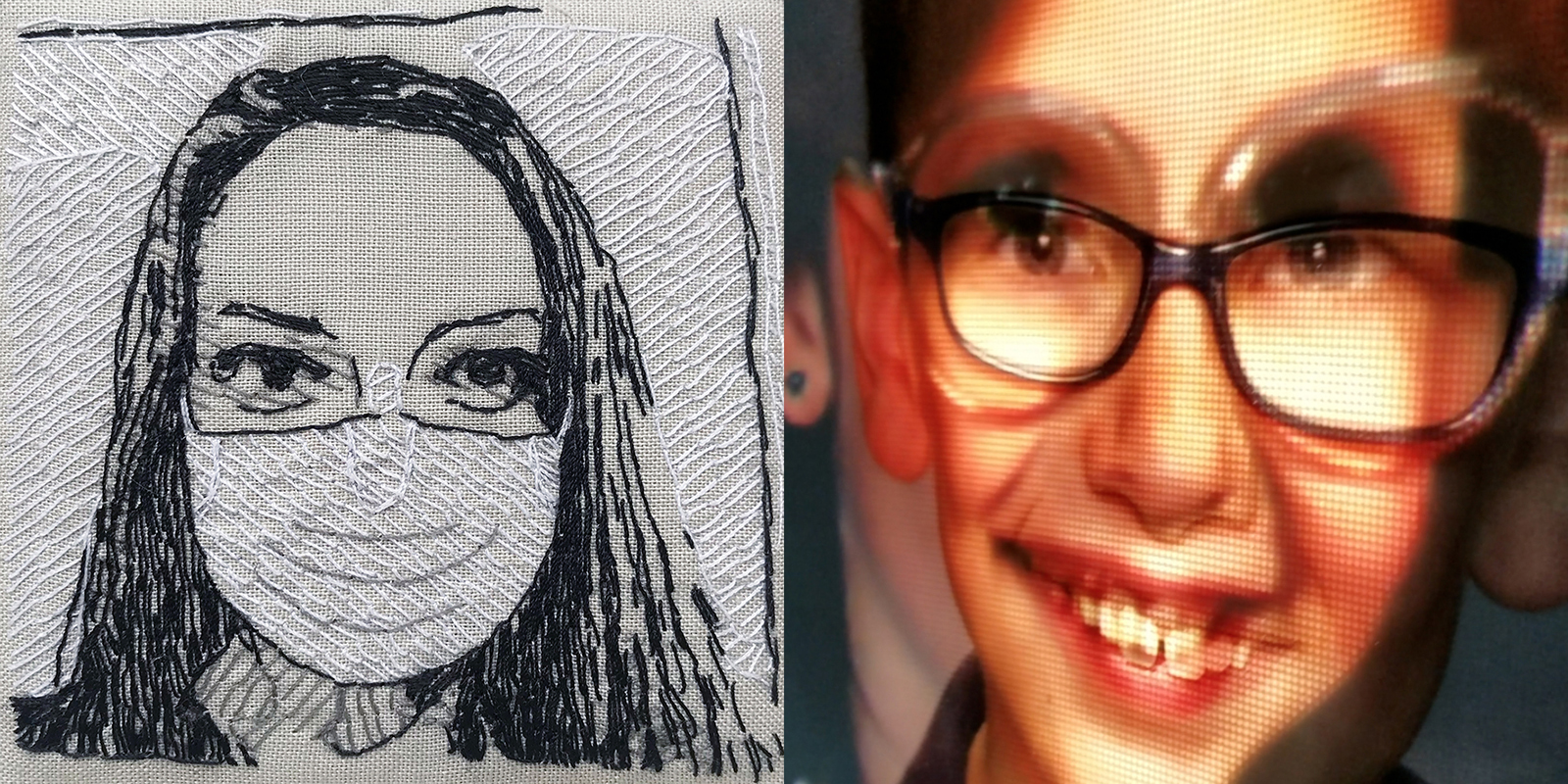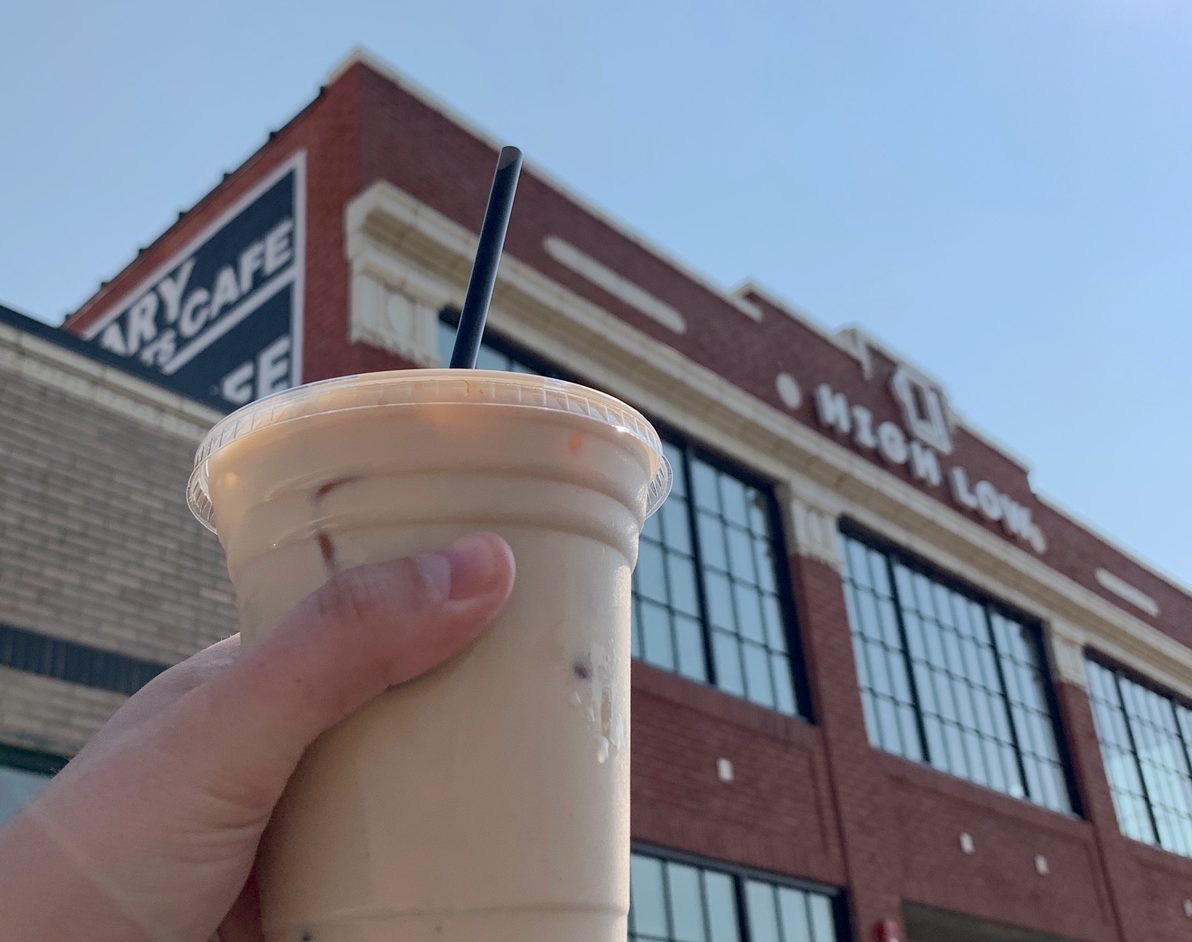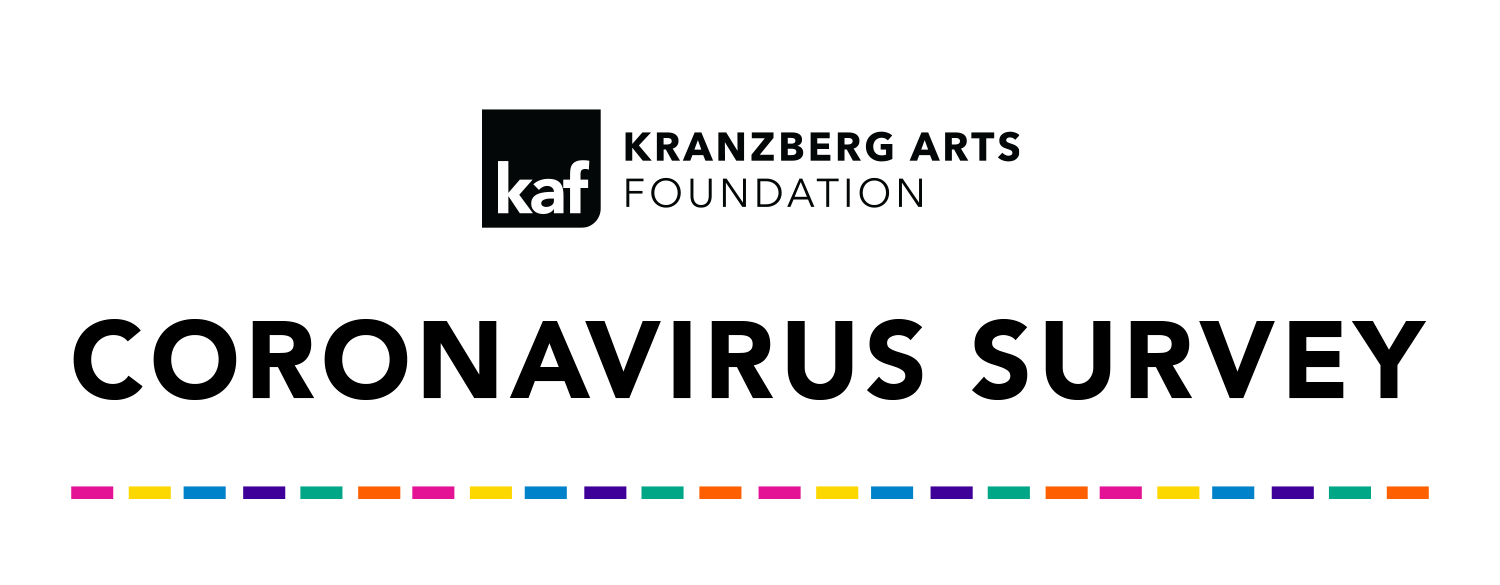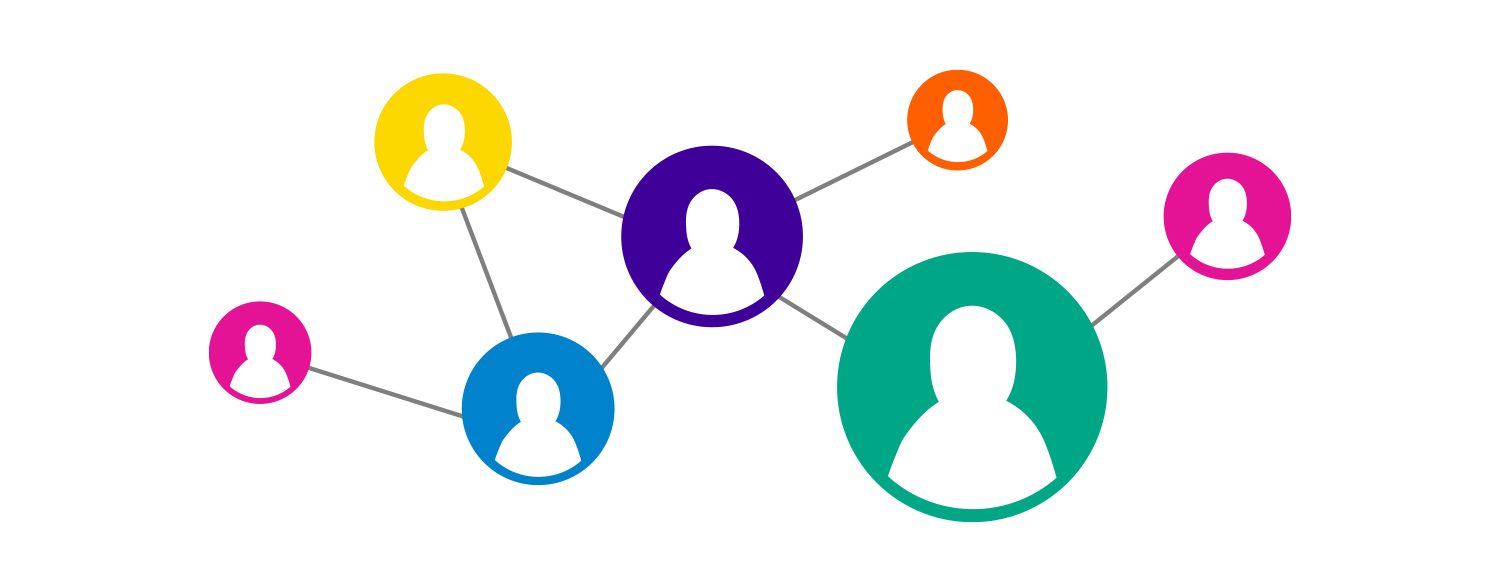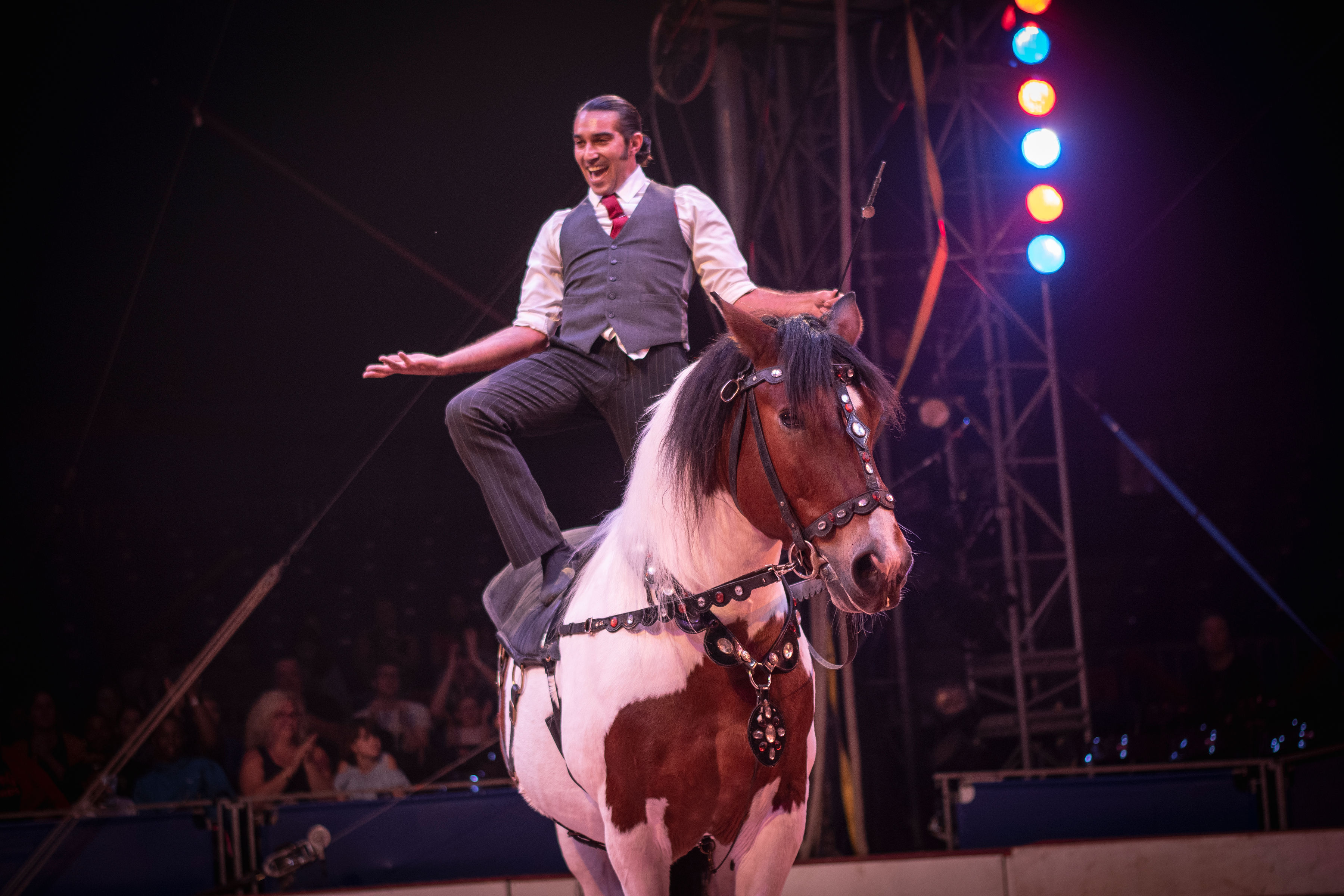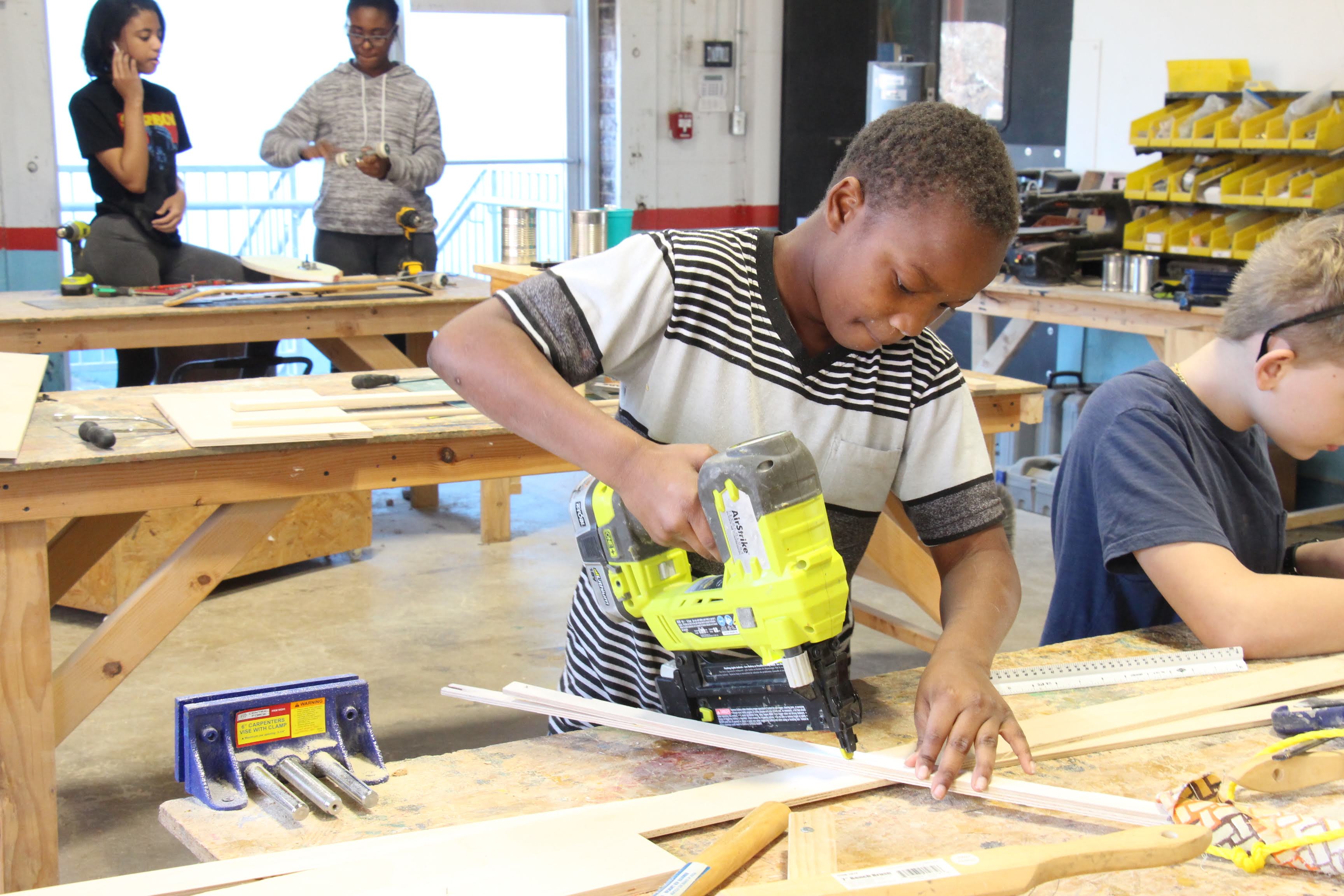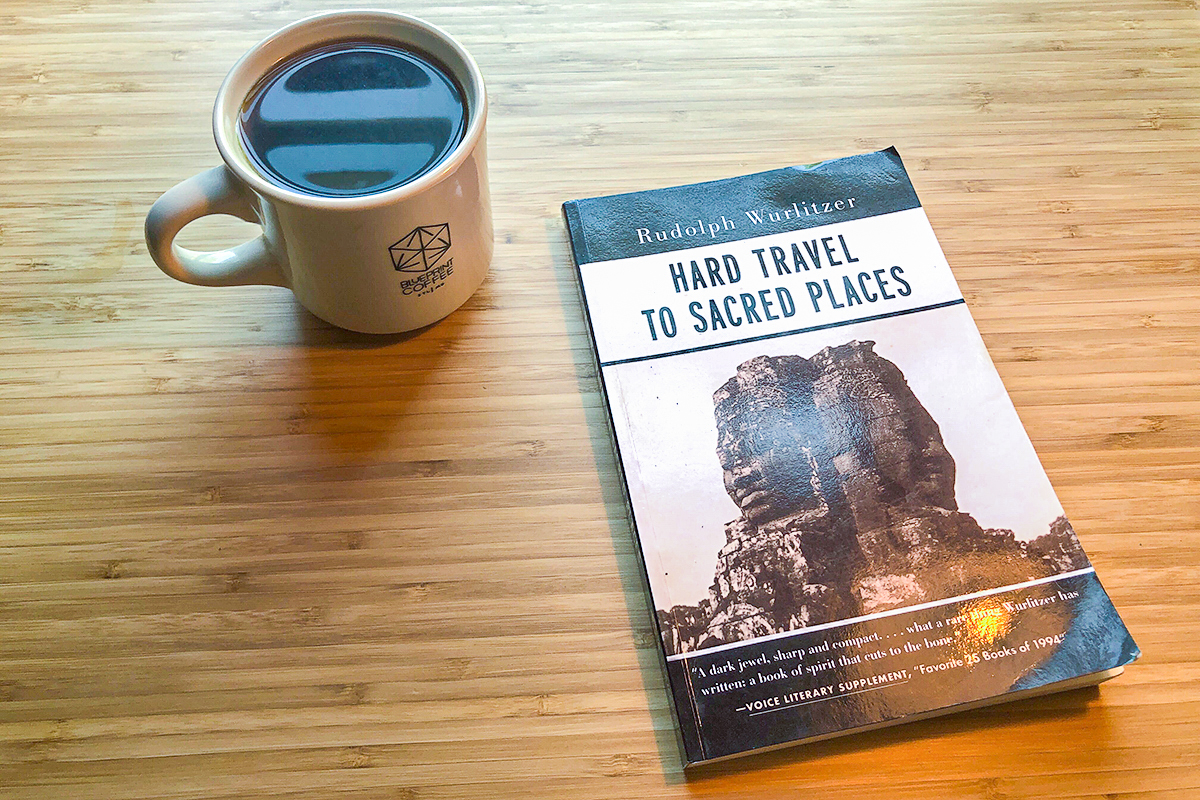Videos and process behind the artmaking for “It Hits Home”
By Christine A. Holtz and Jessica Witte
In March 2020, this New York Times headline grabbed readers’ attention: ‘I Feel Like I Have Five Jobs’: Moms Navigate the Pandemic. Simultaneously, artists Jessica Witte and Christine A. Holtz were responding to these exact same sentiments through artmaking.
Prior to the pandemic, the two artists were scheduled to hang their show centered around caregiving and parenthood at the end of May. As everything began to shut down, Jessica and Christine were given the option to reschedule for the following year or follow through with their show as the first physical show scheduled since the shutdowns occurred. The second of these two options would pose several unknown challenges for public viewing and the logistics of creating a collaborative show while social distancing. Both mentally and physically exhausted from homeschooling their children and working remotely from home, the artists had to make a decision. Christine called Jessica that evening and said, “I think we should do it. When has our subject matter of caregiving and parenthood been more amplified than in this current situation?” Both of them decided to sleep on it and make their decision the next day. Ultimately the two friends motivated each other to take on the unknown along with making new works, and the exhibition “It Hits Home” was born.
Artist Christine A. Holtz shares her creative process making new artworks for “It Hits Home”
I make all my artwork in my living room — which transforms into a studio once everyone else is in bed. When the pandemic started, I began furiously jotting down inspiration and conceptual ideas in my notebook/sketchbook. My emotions about the pandemic needed an outlet. My dining room table, now a schoolhouse and home office, caused stress just looking at it. To add insult to injury, I would step on Legos at the base of our stairs almost daily (which inspired “One Step from (in)Sanity”). A huge part of my artistic practice is a reflection of the absurdities endured during my everyday life. The pandemic provided an abundance of absurdities. In the evenings, my husband and I would work out in our living room after the kids were in bed as a way to relieve stress. We often elbowed or kicked each other due to lack of space, but it made us laugh. It helped us stay connected. Exhausted and feeling defeated from the day, my living room transformed from family space to workout room to studio, where working on art provided me with a release for my flood of emotions.
“Covid-19 Work Blazer” is a work uniform for the pandemic. The blazer has three sets of sleeves to show the extra arms needed to take on the additional job of homeschooling while also transitioning my job of teaching to a remote format. I plan to wear it this fall while teaching on campus.

“Up a Creek Without A Paddle” filled up my entire living room floor during construction. It is made from an old set of bed sheets out of necessity and to symbolize the home. Due to tight quarters and the size of the piece, I had to actually sit on the floor and move my sewing machine instead of the fabric to make each of the seams. I needed to make this boat. I needed to do whatever it took to keep my family safe. I know it is absurd — so is the situation. It is also a very raw display of how helpless the pandemic has made me feel.
More people being confined to the domestic environment due to the stay-at-home orders has amplified the uneven division of labor in the home. I wanted to follow through with this exhibition in hopes that the work would resonate with more people right now. I can’t help but wonder if our show would have been received the same way without a pandemic.
Artist Jessica Witte shares her creative process making new artworks for “It Hits Home”
As soon as we made our decision and connected again to talk strategy, Christine shared her idea for a huge mask/boat titled “Up a Creek Without a Paddle.” Her idea was inspiring and could be an anchor for the show’s new direction. Christine added, “I know it will be hard, but I think we will both feel better if we can process this while it is happening.”
With the baseline anxiety of everyone being so high, I definitely felt the stress on my students, myself, and my family. I began hard training again with running to exhaust myself physically as well as emotionally and help me sleep. Even though I have resources and support, every so often the stress of the situation would leak out and emotions would run high at home. “Smoke and Mirrors: everything is fine” captured those moments when small accumulations of stress exploded into outbursts. To create these little bombs, I inserted wicks into wool and laundry lint felt balls. Stabbing the felting needle repeatedly to form the ball and seeing the works take shape was cathartic, (Christine was right, again).
Witte: Thinking of the viewer at the window
Many people would see the show from the windows on Grand Boulevard, so how could we arrange “It Hits Home” to make the artwork most visible from the street? We placed Christine’s embroidery artworks close to the windows so her intricately detailed drawings would not be lost. “Up a Creek Without a Paddle” and her “Covid-19 Work Blazer” were timely, personal, and still humorous so they were close to the title and window. My new artworks needed to attract the eye with contrast and size but be light enough to be handled by myself alone (due to social distancing during install). Once I had spatial parameters in place, I could start sketching ideas.
What did I most want to say about the pandemic? I worried about my Grandma Rose isolated in her nursing home and my sister-in-law undergoing radiation therapy being at high risk for the disease. Encouraging others to realize how their behavior affects some of the most vulnerable (and to see their value) was my aim for the floor works in “It Hits Home.”
I decided to convey the bright, sunny colorful spirit of Grandma Rose — and make her comfortable and safe during this health crisis. I brought out her pile of quilts to inspire me. How could I also convey her vulnerability? Grandma Rose could have visitors through the glass of the lobby but was too fragile to have close contact in the same room. A drawing on the floor would be similar — easily destroyed by a misstep in the room, but safe when viewed from the window. How could I make the patterns as bright as the colorful quilts and clothes my grandma made for my children? Drawing in sidewalk chalk with my kids between teaching, or drawing some painting by numbers, furiously cleaning, and home-schooling helped answer the question.
Witte: Selecting and learning a new medium
I made lap-blanket-sized powdered chalk drawings into bold quilt patterns. The chalk came in vibrant colors and with the thick application could catch a viewer’s eye from the street. I had a tight timeline to learn how to use this new material, as my previous floor drawings were in seed, with a limited color range. I tested various chalk brands and how to grind and apply a consistent dusting. I made small laminated paper and foam-core templates to quickly stencil and layer the colors.
I dedicated “Targeted Treatment” to my sister-in-law Lori and her fight with breast cancer. I interviewed friends and family who had battled cancer about symbols that best represent their treatment. Caretakers and patients mentioned a new sense of time after a cancer diagnosis. The pattern has seven columns and four rows like a calendar page. A ring of cancer-awareness ribbons surrounds crosshairs in each block. Bullseye targets are peppered throughout the “calendar page” of the pattern to make one think about being an easy mark for the virus.
“You Are My Sunshine” is patterned in bold blue and yellow sunburst shapes centered around archery target centers. I left every other square bare except for the center target highlighting the isolation of the residents of nursing homes.
Please wear a mask in public, reach out to your neighbors and loved ones, work out, get sunshine every day, and be kind.
Related: “It Hits Home” virtual exhibition

